Tilaa uutiskirje
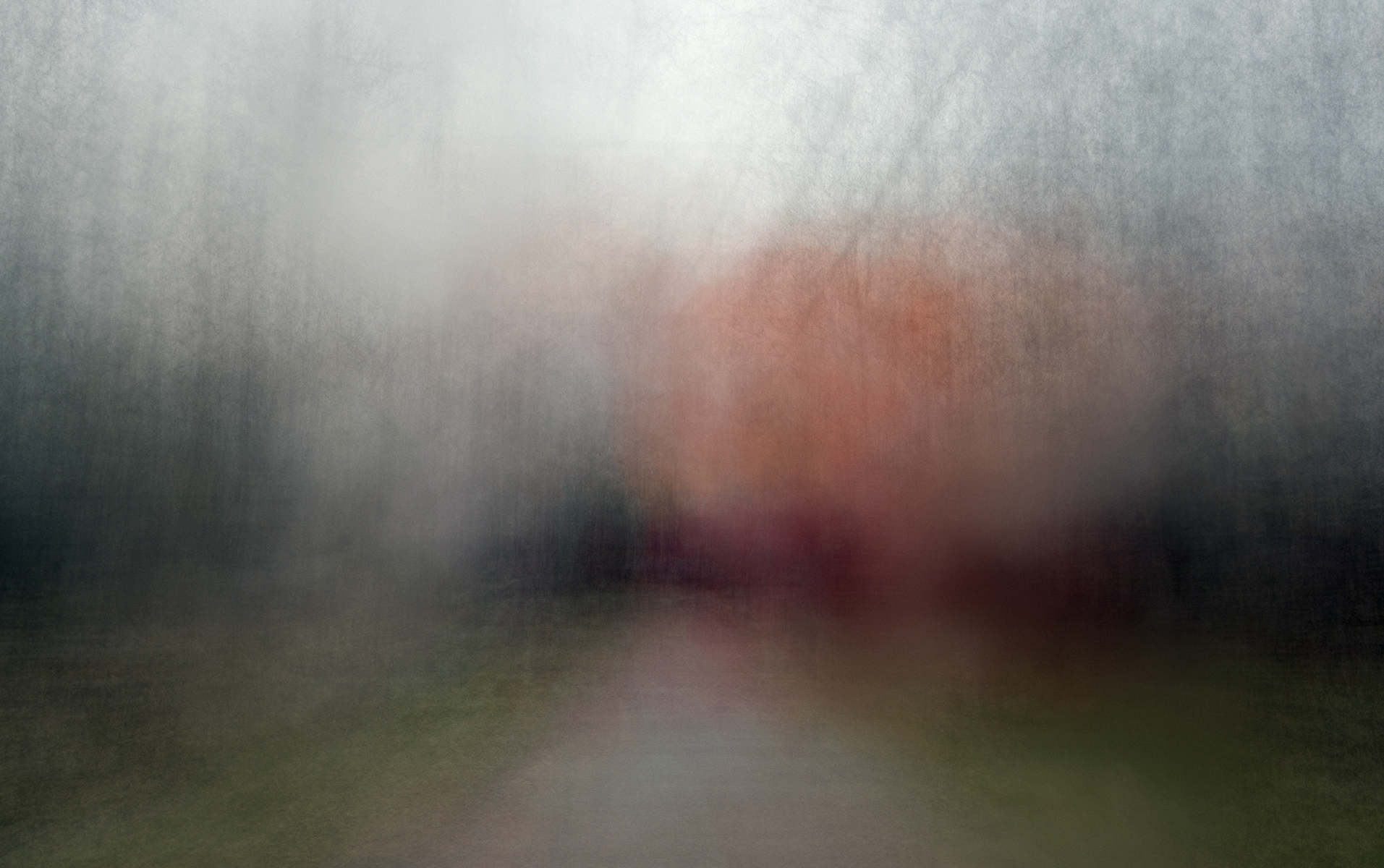
Art Activities inspired by the Helsinki School
The Helsinki School photographers work from different starting points and with varied methods of photography. Every photographer’s images are distinct, even recognisable as the work of this particular artist. The following photography tasks and games will help you and your friends become acquainted with the diversity of photography as a tool for your own artistic expression. We will also get to know the work and driving inspirations of a few different photographers.
Are you able to come up with more photography tasks and games for exploring photography on your own or with friends?
Don’t worry about what kind of tools you use for the tasks. The most important thing is to have fun with photography!
Photography orientation for the sharp-eyed
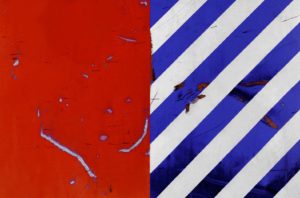
Timo Kelaranta, Art is not your home. © the artist, courtesy: Persons Projects
Timo Kelaranta says that as a photographer he feels like a poet who is gathering little observations. For him, photography equals having a sense of wonder, and the composition is the most important feature in his works. Kelaranta’s photos resemble paintings or drawings. The image here is quite colourful! What could it be?
Pick a very specific location with your friend to complete the task. The location can be, for example, your home, the school yard, or a park. You will need two digital devices for this task, such as mobile phones, tablets, or digital cameras that let you see the photos on a screen right after taking them.
Take close-up pictures of different objects and things you come across. How close are you able to get to the object? Focus on taking photos in a way that you don’t see what the other photographer is doing or where they are moving. When you are done with the round of taking pictures, exchange your devices and examine each other’s images. Where do you think they were taken? Head out to locate where the photos were taken. When you find the locations, take photos of the same place with a wider angle. This way the close-up shots have wider counterparts!
With the help of an adult, you can make prints of your photos on paper and display the photo pairs. Spend a moment admiring the end result and talk about whether it was easy or difficult to find the locations.
Stories through photos
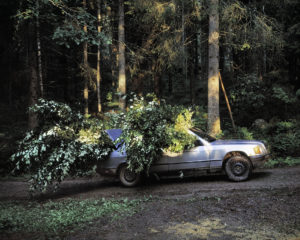
Ville Lenkkeri, Breakfast for the Lambs, 2012. © the artist, courtesy: Persons Projects
Ville Lenkkeri’s photographic storytelling is inspired by moving images. He creates photo series that tell a story. Did you know that the movement in films is actually not movement? It is an illusion of movement that is born when many photos are placed one after the other!
With a friend, take photo pairs that illustrate a story. One of you will first take a portrait of a person making faces and showing expressions as if they had seen, smelled, felt, heard, or tasted something. The photographer directs the model to act in their desired way. They can take pictures of you, other friends, or even pets. When your friend has taken a portrait, they will show it to you. Now it is your turn to come up with an object or action that has caused your model’s reaction, and to capture it with the camera. Explore your imagination!
Print your photo pairs and give names to your works.
You can also shoot longer series of photos. For example, what would a school day look like as a photo series?
Objects with expressions
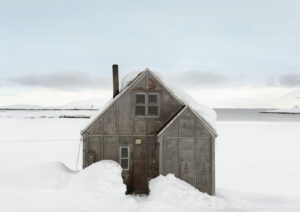
Tiina Itkonen, Home 8, Isortoq. © the artist, courtesy: Persons Projects
Tiina Itkonen takes photos of buildings, landscapes and people in Greenland. The arctic moods in Itkonen’s photographs share stories of love, loss, and hope. The sleepy houses in the snowy landscapes feel alive. As if they had faces.
Take pictures of buildings and objects that you find have a lot of expression. If you want to head into the city to take photos, ask permission from your parents or bring them along as assistants. Make yourself into a master photographer – masters always have several assistants to help them out.
Write biographies for the buildings and objects you capture. When were they born? What are their names? What kinds of things have they witnessed along their journey?
Changing landscapes
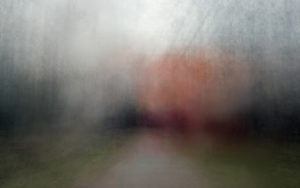
Eeva Karhu, Path (seasons) Autumn 2, 2017. © the artist, courtesy: Persons Projects
Eeva Karhu takes photos of the same landscape, over and over again. When the light changes the landscape changes. This way, the mood also changes. The time of day and the season always paint the scenery in different colours. The next task requires some patience from you.
Pick a place or scenery that you are interested in, and that is safe and easy to reach regardless of the weather or season. Take a photo of the same location from the same angle over different days for a week, a month or even a year. The longer you are inspired to continue your photo project, the more interesting the end result will be.
If you decide to capture the landscape or scenery for a full year, you can for instance plan to take one picture per week. Once you complete your project, you can ask your parents to help you print out the photos and make them into a photo book.
Silent portraits in the dark
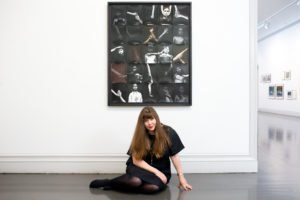
Our guide Anri and Nelli Palomäki’s Otteita (Susi ja Ylva), 2021. © the artist, courtesy: Persons Projects
Nelli Palomäki likes to take portraits, especially of children and young people. One topic she explores is growing up. The photographer feels that every portrait she takes is also a portrait of herself. Making art is a splendid way to explore one’s own identity, to think about the ways a person is and how they appear in an image.
Palomäki often takes portraits in silence. This task can be completed alone or with several friends or family members. Your friends or family will go inside a dark room and spread out in the room in different positions. They will tell you when they are settled and ready. Now it is your turn to step inside the room with a camera, having the flash feature ready. Close your eyes so you don’t see the people in the room. Close the door. Everyone remains silent and it is pitch black dark. Take photos using the flash. What kinds of portraits are captured on your camera in the dark?
